In 2017, after ten years as both the director of the Molecular Design and Synthesis Center and director of the T32 Chemistry-Biology Interface program for graduate students, Gary Sulikowski, Stevenson Professor of Chemistry, was named director of the Vanderbilt Institute for Chemical Biology.
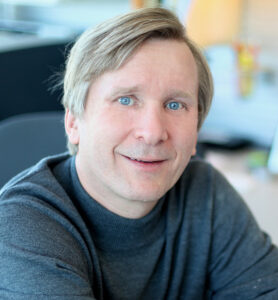
Since then, he has stewarded VICB’s growth and research operations. Sulikowski’s own research centers around the development of synthetic strategies and reactions, biomimetic syntheses and investigations into the biological properties of natural products.
Below, he shares how VICB has contributed to this convergence, some of the research he’s most excited about, and what makes Vanderbilt a rare place where powerful collaborative research can achieve its potential.
Tell us about the evolution and growth of VICB since you became director in 2017.
When I took over from Lawrence Marnett, dean emeritus of basic sciences and Mary Geddes Stahlman Professor of Cancer Research, we set out to define mission statements for the institute’s cores, the High-Throughput Screening and the Chemical Synthesis Core, and their shared operation.
Over time, we’ve focused on small molecule and probes development, which can contribute to proof-of-concept studies or can be used as functional probes in chemical biology, and which can have features such as fluorescence under certain pH, for example.
Because we’re also involved in the design process to identify more functional molecules, we renamed the synthesis core the Molecular Design and Synthesis Center in 2021 to accurately capture our expanded focus. Our focus on small molecule discovery has allowed us to flex our strengths and become very good at it!
How has the VICB engaged with partners on its small molecule research?
Our deep expertise means that our work has high potential for translation through input from people like Margaret Read, the general manager for corporate alliances and scientific collaboration director of Ancora Innovation in the university’s Center for Technology Transfer and Commercialization.
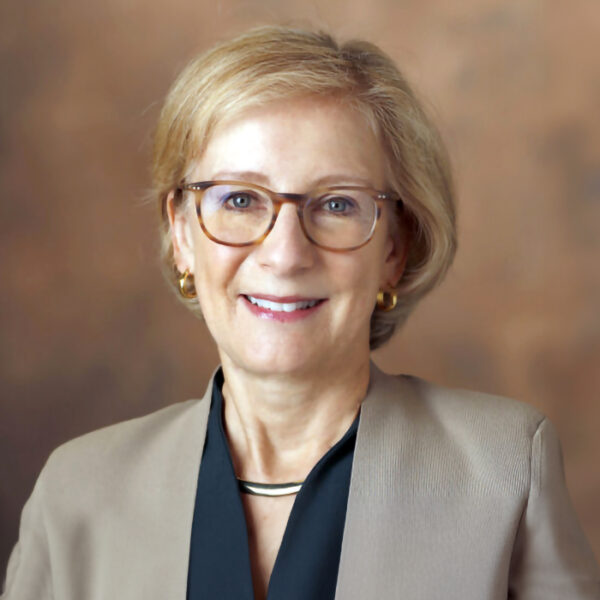
I was introduced to Margaret as we both served as members of the Joint Steering Committee for Ancora Innovation in 2018. Through this experience, I’ve learned more about how potential partners conduct diligence when evaluating projects for translation potential.

The VICB cores have supported unique industry-academic programs like the Ancora programs, and, under the direction of Alex Waterson research professor of pharmacology and chemistry and VICB associate director, we’ve been involved with the Chemical Biology Consortium in the National Cancer Institute’s Experimental Therapeutics Program. As we participate in each of these programs, we learn more and build expertise. That’s the direction we see VICB continuing to head in.
Where do VICB members come from on campus?
Vanderbilt University Medical Center is right up there with Basic Sciences and the chemistry department in the College of Arts and Science, with their strong basic and clinical research.
I’m also proud that we’ve worked quite a bit with faculty in the School of Engineering, like John Wilson, associate professor of chemical and biomolecular engineering and co-leader of the Host-Tumor Interactions Research Program in the Vanderbilt-Ingram Cancer Center. In fact, he and I are collaborating to organize an antibody-drug conjugate workshop that will be co-sponsored by the VICB and the VICC.
What are some of VICB’s accomplishments that you are most proud of?


I am most proud of our work to train the next generation of scientists (including graduating 35 Ph.D.’s from my lab!). When I first came to Vanderbilt I was asked to direct the Vanderbilt Chemistry-Biology Interface training program, the NIH-sponsored program that supports graduate students studying chemical biology. My wife, Michelle Sulikowski, was also recruited to Vanderbilt as the associate director for education of VICB, where she started the Chemical Biology Association of Students. Beginning in 2007, the CBAS executive committee and Michelle have organized a symposium that continues to be driven by CBAS and VICB program manager, Tia Patton. Today the operation works like a well-oiled machine. Efforts like these to support trainees and provide them with the mentorship and resources to thrive are certainly points of pride for our team.
Another opportunity I’m excited to see come to life will be when we host faculty from St. Jude’s chemical biology and therapeutics department to explore collaborative opportunities for cross-disciplinary training. While the conversations are just beginning, it is an exciting prospect to consider how transformative the experience could be for a trainee.
What are some examples of VICB’s most compelling research?
A lot of our success is in joint projects with the chemistry core to progress research to the stage where it receives external funding.
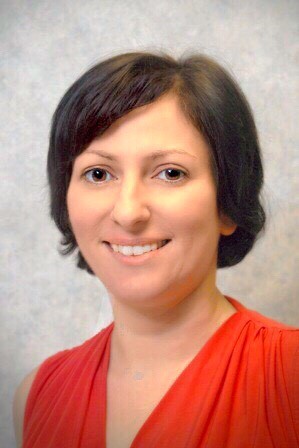
We have a number of exploratory and developmental research projects with Maria Hadjifrangiskou, associate professor of molecular pathogenesis and urology, for example, and have been working with Sean Davies, associate professor of pharmacology, for some time on his work with NAPE-PLD activators. This last project was recently selected for funding from the inaugural Innovation Ignition Fund for its translational viability. It also represents Sean’s foray into probe development. We developed the fluorescent probe, named flame NAPE, together in the HTS core to monitor NAPE-PLD activity in cells without interference from lipases.

Front row (L to R): Gary Sulikowski, Dr. Amanda Doran, Alex Waterson
Another recent research success that is top of mind is our work with Bhuminder Singh, assistant professor of medicine. In collaboration with Adam Rosenberg, research assistant professor of radiology and radiological sciences, we helped develop a synthetic route to a fluorine-18-labeled kinase inhibitor that Bhuminder is using to stratify patient populations to overcome resistance to EGFR-directed antibodies. It was a very tough problem, but quite interesting because he thinks that this could be used as a clinical marker.

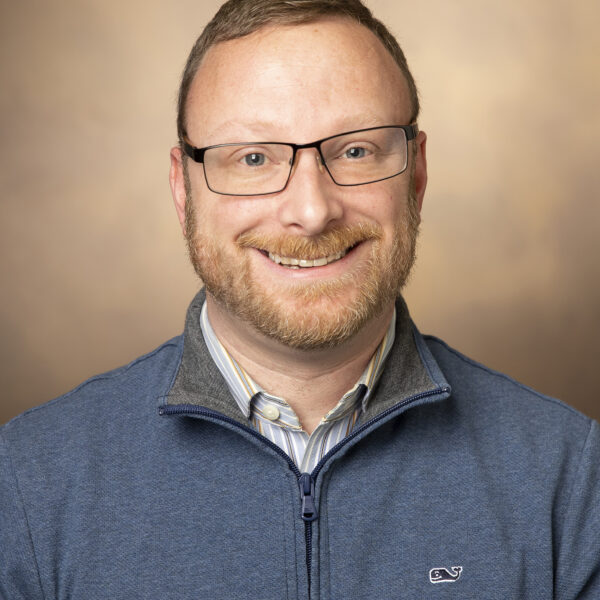
VICB has touched several synthetic products at the early stages of research that have been licensed by industry with the support of the CTTC. VICB’s involvement in finding a lead compound and conducting medicinal chemistry optimizations is the foundation for many Vanderbilt-discovered compounds that ultimately become therapeutics to treat disease.
What makes Vanderbilt an environment for this type of research to thrive?

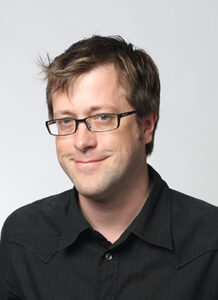
The more projects we work on, the better we get at bringing in the right people at the right time. Bringing in experts from different disciplines who are all at our fingertips across campus has been an extraordinary opportunity for the research. For example, with Sean’s project, VUMC’s Amanda Doran, a clinician with expertise in atherosclerosis, will be critical to the success of this project.
We have also brought in trainees on projects who go on to become long-term collaborators after they go on to their postdocs and beyond. Ben Reisman, PhD’21, MD’22, is a good example of this. He worked with Brian Bachmann, VICB associate director and professor of chemistry and biochemistry, on a glycomacrolide that Brian and I collaborated on after my arrival from Texas A&M in 2004. Since then, Brian and Ben advanced this program toward pre-clinical development in collaboration with Michael Savona, professor of medicine and cancer biology, among other researchers. Outcomes of this work have included a paper in Nature Chemical Biology, a patent, and the creation of a spinoff company, Empath Biosciences. There are many examples like that, which can only happen in an environment where collaboration and shared goals are prioritized. like that, which can only happen in an environment where collaboration and shared goals are prioritized.